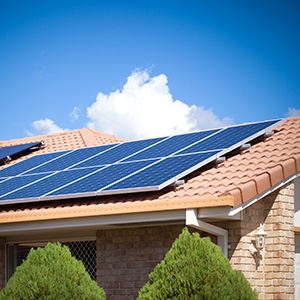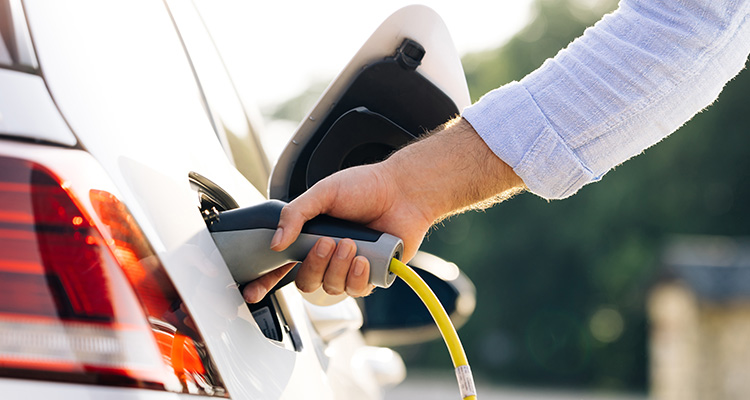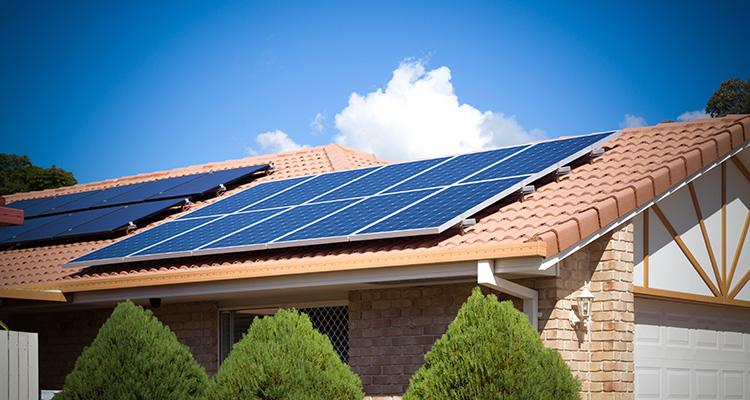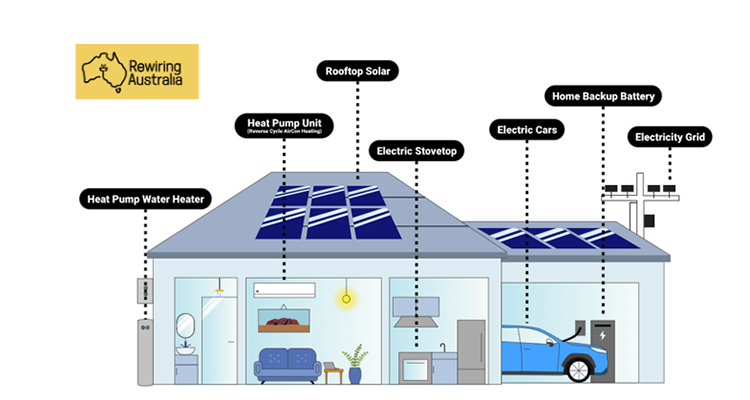How is Ausgrid supporting electrification?
At the heart of this change is electricity distribution, the intersection of renewable energy sources with changes in grid storage and two-way generation management.
Ausgrid has several initiatives to support the uptake of more renewable energy. Two key areas of focus are our community batteries and the rollout of electric vehicle charging infrastructure across our network.
Community batteries provide a shared solution to harness excess solar energy. They allow more rooftop solar to be connected and help share solar within the local area, including to households without solar themselves. They support the network by strengthening the grid and reducing the need to limit solar exports, which helps customers maximise their solar investment. They also help regulate voltage on the network and improve network quality in the local area.
50% of new cars sold in 2030 are expected to be electric, so there is a growing need to ensure charging infrastructure is available to support our evolving customer needs. Ausgrid is working in partnership with councils and EV charging suppliers to roll out a mix of charging solutions that leverage our existing infrastructure. To learn more, visit Electric vehicles.
To see how else we are driving innovation on the electricity network visit our Future Grid section.









